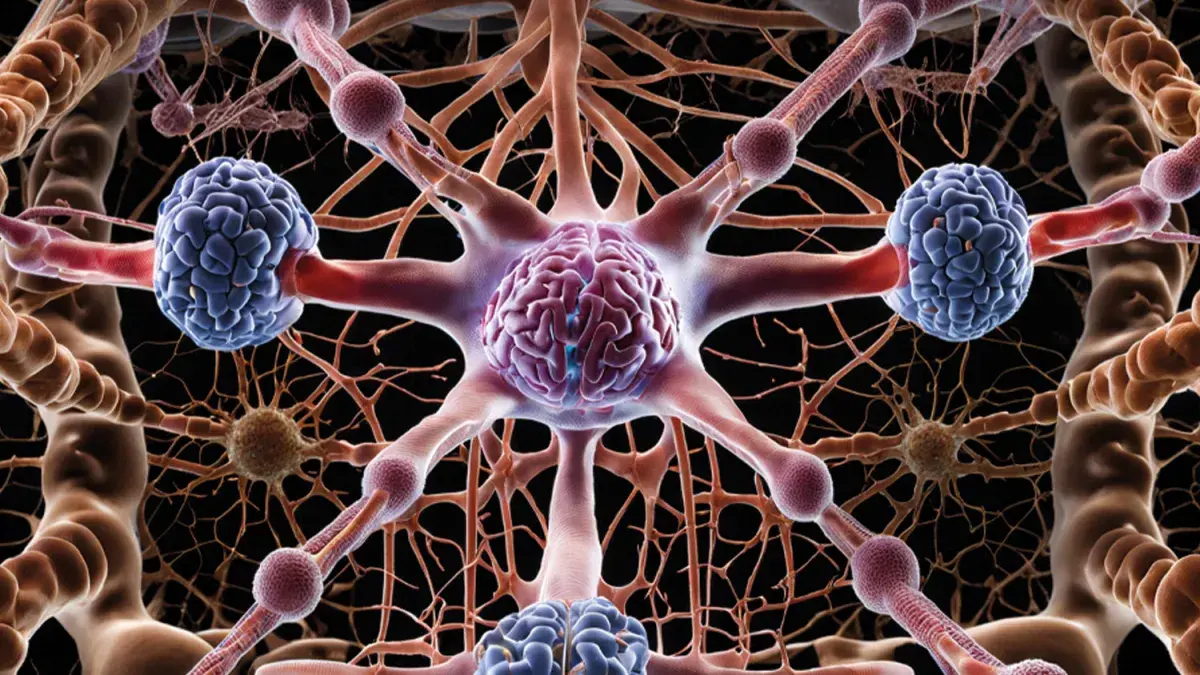- Vincenzo D’Angiolella vdangio@ed.ac.uk
- Steven Pollard steven.pollard@ed.ac.uk
Funding information (students eligible to apply): UK/International students
Project Description
Inflammatory signals represent cues that cells use in our body to start immune recognition and the clearance of pathogenic cells including cancer cells. However, repetitive inflammatory insults are strongly associated with tumour development. Thus, inflammation can be seen as a double-edged sword involved in tumour development and clearance. The impact of the inflammatory signals emanating from cancer cells on the immune clearance and the suppression of tumorigenesis are not clear, although it is well-established that ionising radiation treatment leads to profound inflammation with long distance immune activation (abscopal effect). Starting from the observation of the interferon signals emanated by glioblastoma stem cells after ionising radiation, we aim to provide a comprehensive analysis of the pathways leading to sustained inflammation and activation of the immune signals for tumour clearance. Our study may inform on strategies to clear glioblastoma stem cells using radio- and immune- therapy combinations.
References
- Gangoso, Ester et al. “Glioblastomas acquire myeloid-affiliated transcriptional programs via epigenetic immunoediting to elicit immune evasion.” Cell vol. 184,9 (2021): 2454-2470.e26. doi:10.1016/j.cell.2021.03.023
- Yang, Hongbin et al. “Cyclin F-EXO1 axis controls cell cycle-dependent execution of double-strand break repair.” Science advances vol. 10,32 (2024): eado0636. doi:10.1126/sciadv.ado0636
- Robertson, Faye L et al. “Elevated FOXG1 in glioblastoma stem cells cooperates with Wnt/β-catenin to induce exit from quiescence.” Cell reports vol. 42,6 (2023): 112561. doi:10.1016/j.celrep.2023.112561
- Chen, Zhuoyao et al. “Disease-associated KBTBD4 mutations in medulloblastoma elicit neomorphic ubiquitylation activity to promote CoREST degradation.” Cell death and differentiation vol. 29,10 (2022): 1955-1969. doi:10.1038/s41418-022-00983-4
Subject areas
Molecular Biology, Cancer, Glioblastoma, stem cells, inflammation


